I had a few opportunities to travel while I was working in JTC, all leaving deep impressions and with fond memories. However, one trip really stood out and put a smile on my face while I was looking through the photos.
Almost 8 years back, I made a trip to the Venice Biennale of Architecture and Entry 2006 exhibition in Essen, Germany. Together with three wonderful colleagues, we were given the opportunity to visit these respectable international events of art and design, and hopefully to bring back something that could contribute to our work. Our then wise and encouraging Assistant CEO, who suggested and advocated for this trip, was a strong believer of exposing his staff to learning opportunities like this - to travel, experience and learn beyond our 12-inch screens and 4 square metre cubicles. This is something I still believe strongly in until today.
With all approvals obtained and bookings done, the good quartet of one architect, two planners and a designer packed our bags and headed straight to the floating city of Venezia.














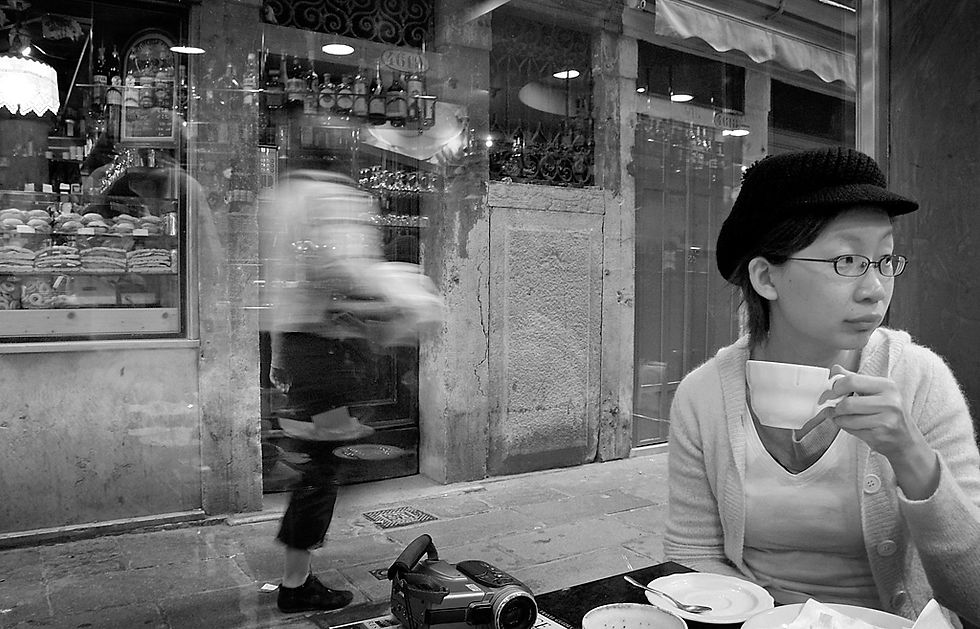


The Venice Biennale (Biennale di Venezia) is held once every two years, with the Biennale for Architecture (Mostra di Architettura di Venezia) held separately on even years. The exhibition in 2006 was titled Cities, Architecture and Society. The event showcased exhibits on the academic side of architecture, plus big-name architects and designers showcasing new projects, ideas and proposals. The entire event was arranged and housed at a variety of locations within Venice and in different pavilions, each with different themes. Hence, you would need to take the water taxis and walk quite a bit in order to get from one exhibition site to another.
The main site of the Biennale for Architecture was in the Arsenale, a huge military naval complex that takes up much of Castello, largest of the six sestieri of Venice. The Arsenale was the site of Venice’s ship building and naval operations since the 12th century. The other site was Giardini, where various national pavilions were located near the Gardens.
Singapore had a little exhibition as well, titled Built and Unbuilt. It showcased 32 building projects in Singapore, some to be realised and some that won't (hence the theme), all in the spirit of celebrating the design ideas that help shape the country. Key projects exhibited include Marina Bay Sands, Gardens by the Bay, Museum MRT Station, and several developments in one-north, a master plan by Zaha Hadid.



















Certainly, it was not all work. The architecture overdose and information overload could easily (and lethally) result in four dead bodies floating in the Venetian canals. In our three and a half days there, we managed to put on our tourist hat (literally) and visited numerous sights, which were also highly significant in their architecture merits.
From Piazza San Marco (St Mark's Square) to the Rialto Bridge, we managed to visit a few important sights along the way as we sashayed through the complex maze of alleyways and voyage down the Grand Canal. Not forgetting to indulge in some Veneto cuisine, paired with fine pinot grigio or chianti, all by the canals where gondoliers singing O Sole Mio oared past us gracefully with a smile.















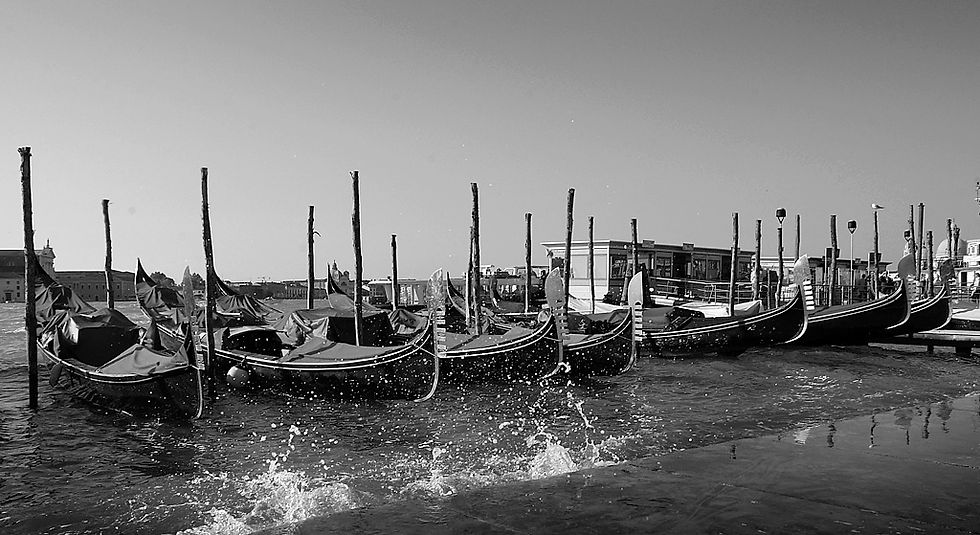












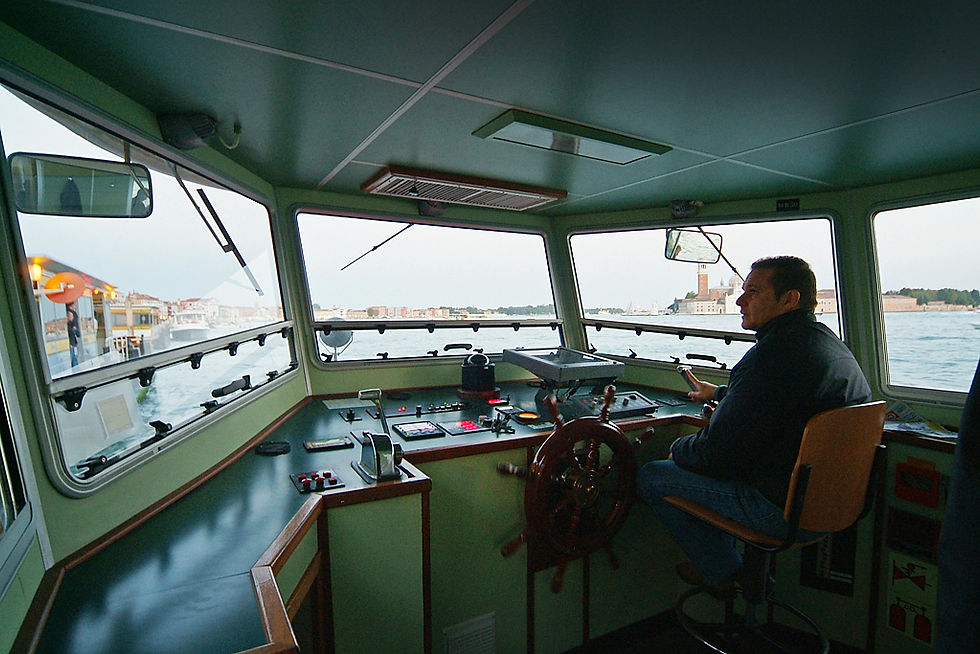


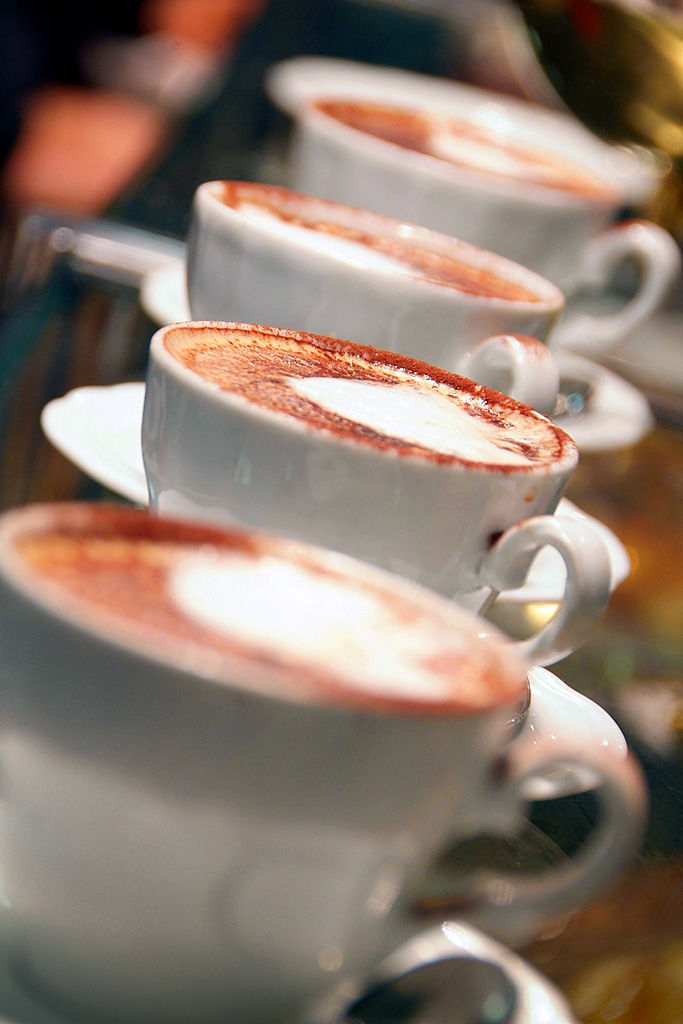





We left Venice for Frankfurt, and took the ICE (Intercity Express train) to Essen, a city in the North Rhine-Westphalia state of Germany. The main reason for travelling to Essen was to visit the Entry 2006 exhibition housed within the city's most famous landmark - the Zollverein Industrial Complex, a UNESCO World Heritage Site of European industrial heritage significance that had its conservation work entrusted to renowned architecture firm, OMA (Rem Koolhaas). The exhibition featured innovative international design, architecture and spatial interventions in a trans-disciplinary exhibition platform.
We also visited the Red Dot Design Museum standing within the Complex. Housed in the former boiler house of Shaft 12 in the typical Bauhaus style with red steel trusses, the Red Dot Design Museum showcases winning products and graphics of the prestigious Red Dot Design Award. Designed and converted by Foster and Partners, the exhibition hall fascinates visitors with suspended bridges that transcend in the massive boiler house space, allowing visitors to experience the exhibits up close and personal.
Similar to our Venice sojourn, we certainly wouldn't want to leave behind four dead bodies on the disused coal mine rail track due to a lethal overdose of design and architecture radiation. We rewarded ourselves with an excellent lunch at Casino Zollverein, a highly reputable restaurant (not a casino) housed within a historical compressor room with 6 metre high concrete beams and massive old boiler equipment still in their original positions.
For one of our dinners, we visited Frankenheim Brauhaus, a small and very traditional German brewery pub where everyone simply felt at home, well, except for us. Everything was in German - the menu, the conversation, the ordering. English was Martian. But it was great fun and a memorable experience for the four extra-terrestrial beings. The pork knuckles and many other food we ordered were marvellous, made even better by a table full of König Pilsener and Frankenheim Alt. Ausgezeichnet!






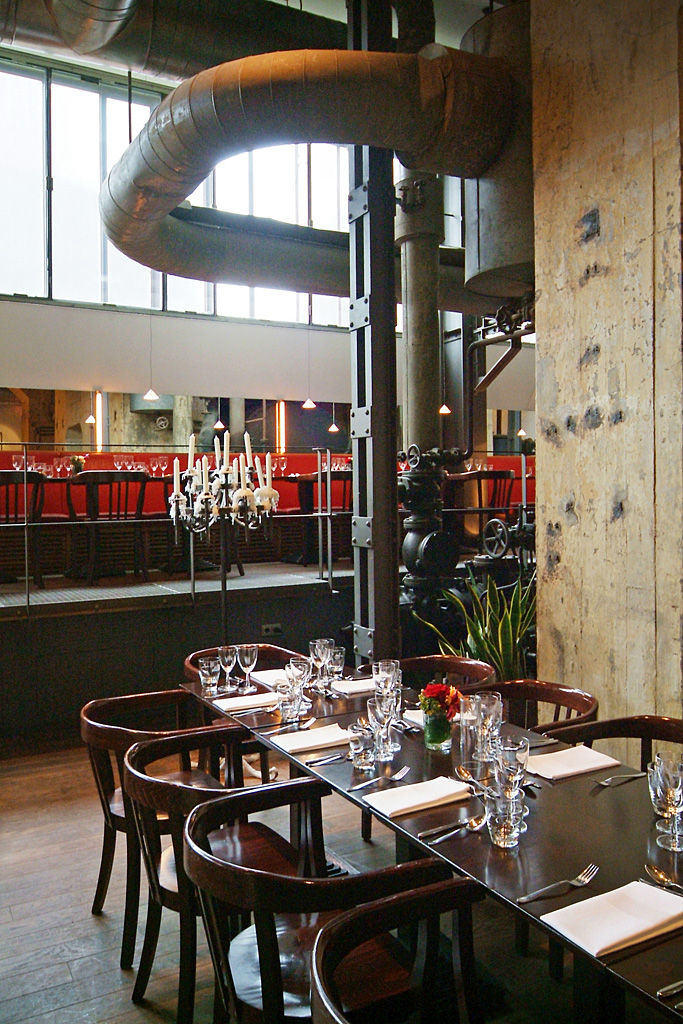







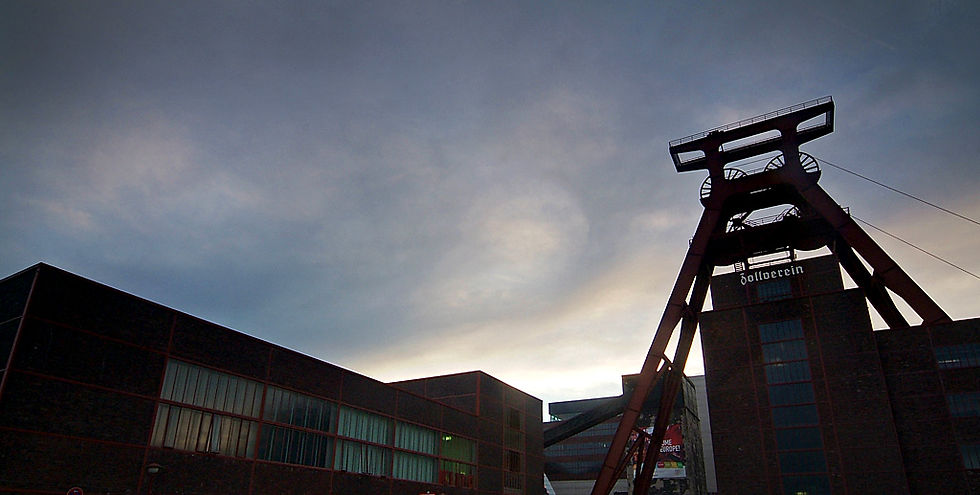





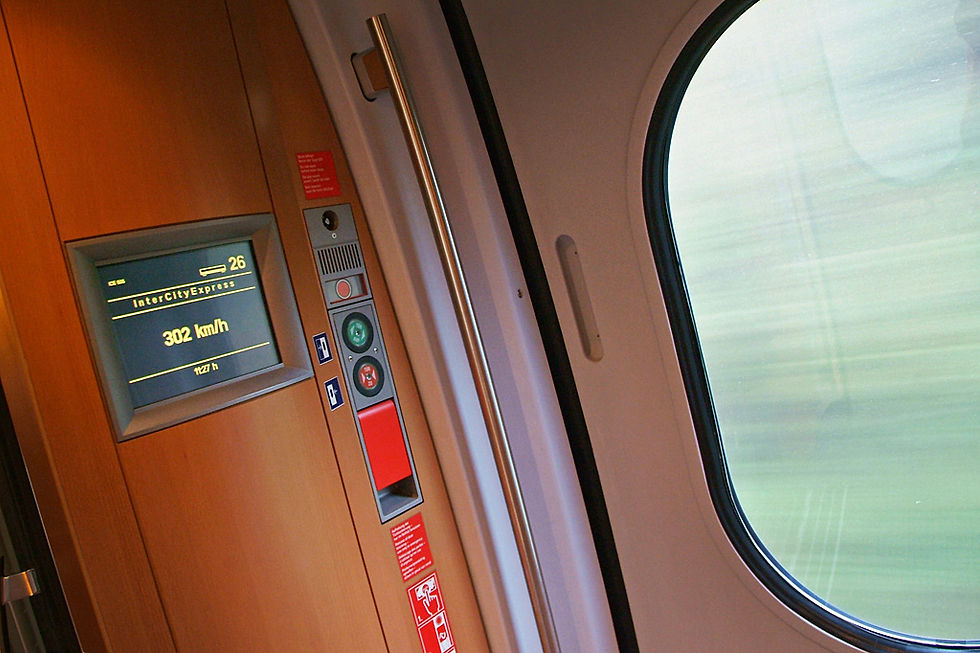






Facts and figures: Date of Trip: October 2006
Equipment: Fujifilm Finepix S3 Pro, Sigma 12-24mm f4.5-5.6, Nikon AFS 18-200mm f3.5-5.6, Nikon 10.5mm f2.8 Fisheye.
So nice to revisit memories of the trip and your anecdotal captions are on pointe :)